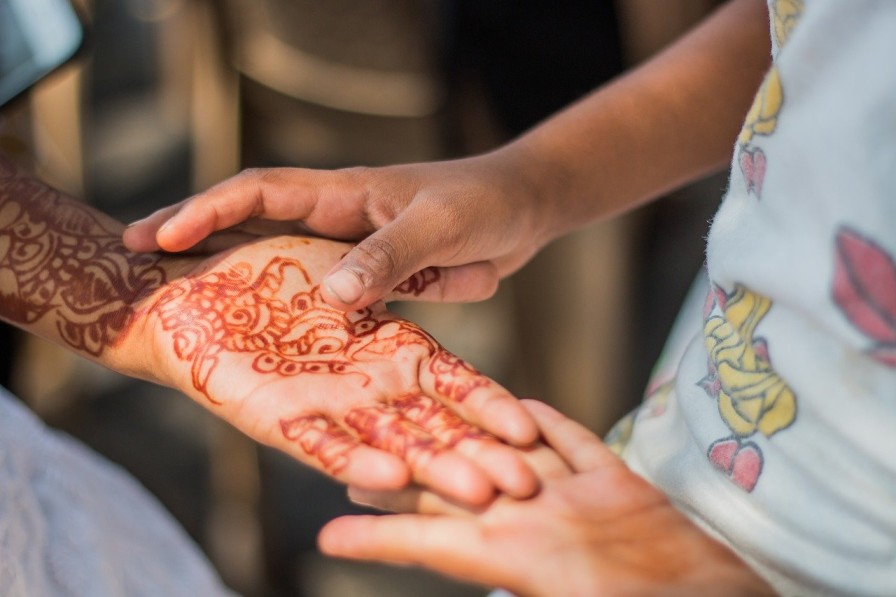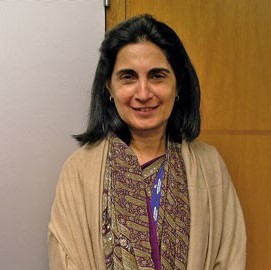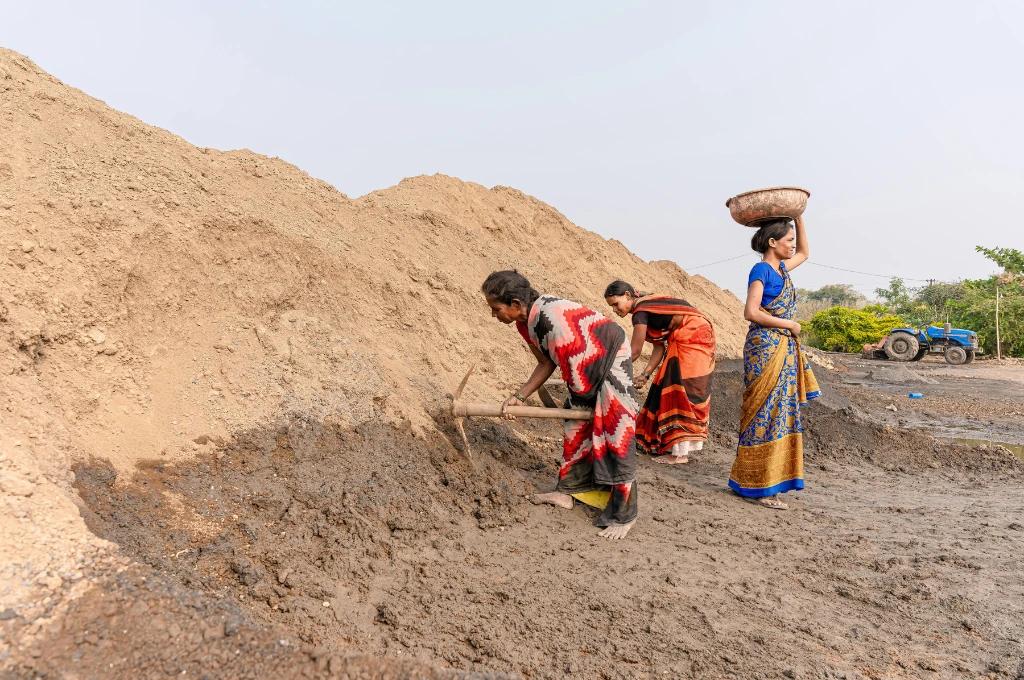This year, in his Independence Day speech, the Prime Minister repeated Finance Minister Sitharaman’s call for the minimum legal age of marriage for women to be increased from 18 years to 21 years as a means of “lowering the maternal mortality and improving nutrition levels”. Global and Indian evidence—rather than rhetoric—argues that this is not feasible. Such a move will not affect maternal mortality or nutrition and there are more effective ways of empowering women that respect reproductive rights.
The numbers are enormous, and our record in curbing marriages below age 18 years (the current legal minimum age for marriage) has been abysmal, even 40 years after the enactment of the current Prohibition of Child Marriage Act.
For example, the proportion of women aged 20 years to 24 years who had been married when they were below the age of 18 years—the preferred and globally used indicator of child marriage—was 54% in 1992-93, 50% in 1998-99 and 47% in 2005-06. It fell impressively only in the last decade, between 2005-06 and 2015-16. Even so, this means roughly 1.5 crore young girls were married as children, in violation of the law. Despite these huge numbers, hardly any violations of the Act appear in our criminal records.
In its 2018 report, the National Crime Records Bureau suggested that just 753 cases were filed for investigation. Given this situation and this record, the rationale for attempting to raise the minimum legal age for marriage beyond 18 is questionable.
Related article: India’s population explosion narrative is misleading
Persistent norms
Social scientists and programme implementers know that persisting norms in intimate spheres pertaining to the family have been difficult to change, as obvious from the fact that despite a longstanding law.
Child marriage showed an impressive decline only recently. Marriage decisions in India are often guided by factors such as dowry considerations (a younger bride would mean a lower dowry), a fear of loss of family honour (the stigma of an unmarried woman losing her virginity) and fear of “what will people say” if the woman remains unmarried. All these considerations are strong deterrents to conforming to the current child marriage law.
Having so recently succeeded in making a dent in child marriage through means other than the law, a more realistic strategy for India than raising the minimum age for marriage may be to consolidate this gain and eliminate child marriage—one of the key targets of the Sustainable Development Goals.
In 2015-16, 63% of young women were married before the age of 21. The proposed law would thus affect and call for the behaviour change of more than three in five families who have daughters of marriageable age.
Maternal mortality benefits unlikely
India’s maternal mortality ratio is now 122 per 100,000 live births, undoubtedly disturbing. A key motivation for the proposal to raise the minimum legal age of marriage for women to 21 is a concern for maternal mortality. But the global evidence—recent age-specific maternal mortality data are not available in India—would not support such an assertion.
Raising the minimum legal age of marriage for women to 21 years would deny many young women from experiencing pregnancy at these safest ages.
This body of evidence, including seminal work by demographer Ann Blanc and others, of maternal mortality ratio in 38 countries, confirms that those giving birth at ages 15 years to 19 years (typically those marrying at ages below 18 years) experience high levels of maternal mortality.
But the mortality experienced by the cohort aged 20 years to 24 years (roughly those marrying at ages 18 years and higher) is by far the lowest of all age groups, and maternal mortality ratios rise among women in their 30s and beyond. Raising the minimum legal age of marriage for women to 21 years would deny many young women from experiencing pregnancy at these safest ages.

What is needed, rather than amending the Prohibition of Child Marriage Act, is to seek ways of enabling adherence to the current law. | Picture courtesy: Pixabay
Not comparable groups
Many will say that those who marry at ages 21 years and above are better off than those who marry younger. This is undoubtedly true, many studies have shown that those who marry later are more likely than others to have a higher secondary or college education, take on skilling opportunities, gain a better understanding of the world around them and exercise their voices. But none of these outcomes can be attributed to their age at marriage. Rather, they reflect the fundamental inequities that exist in our society.
Those whose marriage takes place later have grown up with multiple advantages compared to those whose marriages take place earlier.
The two groups are not comparable. Those whose marriage takes place later have grown up with multiple advantages compared to those whose marriages take place earlier—they come from wealthier households and socially advantaged castes and tribes, whose parents can afford to nourish them well, offer them educational opportunities and assure them a host of other advantages.
For example, leading gender specialist Mary E John’s analysis of National Family Health Survey data shows that while almost half (45%) of those belonging to the poorest households married in childhood, just one in ten (10%) of those belonging to wealthiest households did so.
Likewise, half (49%) of those with no education, among just 4% of those who had completed secondary education had married in childhood. And after statistically adjusting for various indicators, age played a relatively smaller role in affecting nutrition levels than did wealth status or education. Again, the point is, the two groups are not comparable, and to conclude that a simple waving of the legal wand will make the fundamental disadvantages faced by women who marry early go away is unrealistic.
Related article: Backlash: Tackling barriers to adolescent empowerment
Promising strategies
Over this decade, India has witnessed steep declines in both fertility and child marriage. These changes have taken place not because of any legislation or incentives, but likely because of more accessible schooling, skilling, health and other entitlements, that have, on their own, led to a radical shift in norms and aspirations for girls, and a willingness to invest in them and delay their marriages.
A mother of a 17-year old girl in Rajasthan put it like this, “I have just this one thought, that one should not marry a girl till she is standing on her own two feet, say at 25 years or even 26 years. She must approve of the boy and his family. After all, she has to spend her whole life with him.”
Yet vast inequities persist in our social system, and many remain untouched by opportunities in education, health and poverty alleviation.
The irony is that the Prime Minister’s Independence Day call came when COVID-19 pandemic-related poverty has led families to marry off daughters even below the age of 16. Individual stories of “one less mouth to feed” and lower dowry demands motivating child marriage, reported in media articles, are hugely disturbing. What is needed, rather than amending the Prohibition of Child Marriage Act, is to seek ways of enabling adherence to the current law.
Strategies that are inclusive and bring the unreached and disadvantaged out of poverty are much needed. Such policies and programmes are far more respectful of human rights than legislation, and will undoubtedly help achieve the desired delays in marriage underlined in high-level pronouncements.
This article was originally published on Scroll.in.





